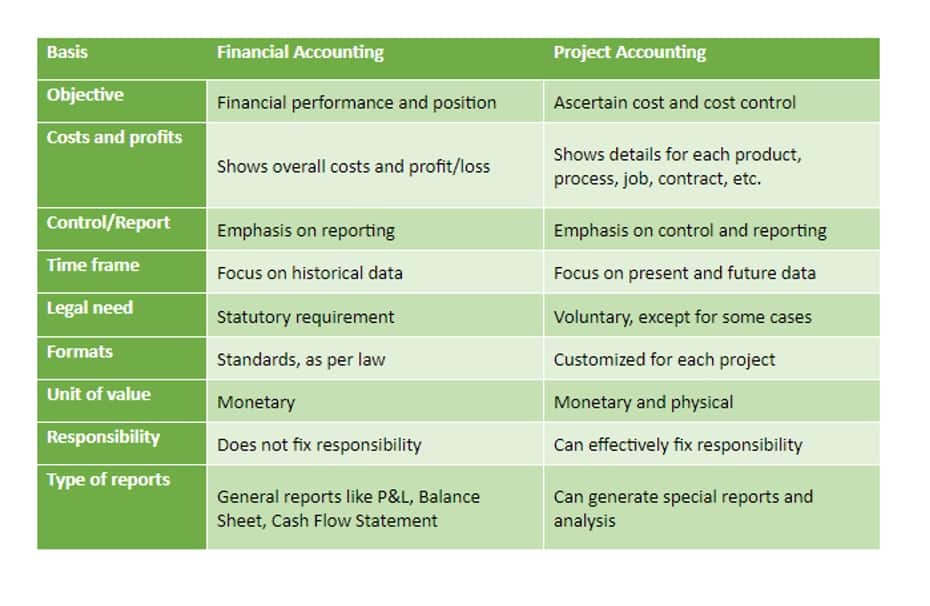
Paying attention to the discount period in purchase discounts is important because it allows companies to reduce their costs. By paying within the discount period, companies can take advantage of the discount offered, which directly reduces the cost of inventory. This can lead to significant savings over time and improve the company’s cash flow management. Missing the discount period means paying the full invoice amount, which could be a missed opportunity for cost savings. The buyer accounts for this as a $5,000 debit to the accounts payable account, in order to eliminate the full amount of the invoice.
Accounting For Purchase Discounts: Net Method Vs Gross Method AC Repair and Service
Instead, you simply recognize revenue net of CU 5 discount when a coupon is redeemed. Freight agreements are often described by abbreviations that describe the place of delivery, when the risk of loss shifts from the seller to the buyer, and who is to be responsible for the cost of shipping. One very popular abbreviation is F.O.B., which stands for “free on board.” Its historical origin related to a seller’s duty to place goods on a shipping vessel without charge to the buyer.

Accounting for Purchase Returns
- When a business offers sales discounts, these must be reflected in its financial statements to present a true and fair view of its financial performance and position.
- The appropriate accounting for this action requires the recording of the purchase.
- To comply with the cost principle the company will debit Purchases (or Inventory) for $28,000 and will credit Accounts Payable for $28,000.
- The sales discounts are directly deducted from the gross sales at recording in the income statement.
- The purchase discount relates to the price of the goods agreed upon by both parties.
From an accounting perspective, it can be seen that when the purchase is made (and the invoice is generated), the journal entry to record this transaction is Debit – Purchases, and Credit – Accounts Payable. A purchase discount reduces the purchase price of certain inventories, fixed assets supplies, or any goods or products if the buying party can settle the amount in a given time period. A Purchase Discount—also known as a Cash Discount—is a reduction in the amount payable by a buyer if the payment for the goods or services is made within a specific period. This discount is often stated in payment terms, for example, “2/10, net 30,” indicating a 2% discount if paid within 10 days, otherwise, the full amount is due in 30 days.
Purchase Discount: Definition, Accounting, Journal Entry, Example, Formula
A discount received is the reverse situation, where the buyer of goods or services is granted a discount by the seller. The examples just noted for a discount allowed also apply to a discount received. By using a contra account, the company knows how much its sales were over the course of the year and how much normal balance was lost because of discounts and other items. This is good information for managers to have in order to make decisions about the effectiveness of company policy. Medici Music purchased instruments to sell in its stores from Whistling Flutes, LLC on August 13.
Purchases With Discount (net)
For example, the contract may state that all purchases made receive an automatic discount of 8%. Under this arrangement, the discount is taken from the sale price at the point of sale – there is no delay. This discount may require a buyer to receive two of the same inventory item, or it could allow for a free item that differs from the initial purchase. This discount is used to clear out inventory, or in general when the gross margin on a product is high enough to still generate an adequate profit for the seller. The customer pays the seller on Day 8 of the 10-day discount period. On the sales side, the only difference is the fact that we would not track the change in inventory at the time of the sale.

Purchase Considerations For Merchandising Businesses
The allowance for doubtful accounts, a contra-asset account, may also be indirectly affected by sales discounts. As discounts encourage prompt payment, the likelihood of accounts becoming uncollectible may decrease, potentially allowing a business to reduce its allowance for doubtful accounts. This reduction can have a positive effect on the net accounts receivable and the overall financial health of the company. Local Tech, the retailer, purchases smartphones from a supplier, Mobile Distributors, for $5,000 under the same payment terms (2/10, net 30). Local Tech pays within Catch Up Bookkeeping 10 days to take advantage of the discount.
One can use an Online Invoicing tool to improve business productivity by managing tasks and efficiency. Purchase discounts, by nature, are supposed to decrease the purchase costs of the company. Therefore, they can best be described as a contra-purchase account. The incentive to the buyer of purchase discount is that the purchase costs decrease, and the business can save a considerable amount on procurement costs. This purchase discount of $60 will be offset with the purchase account and be cleared to zero at the end of the accounting period. For example, on October 28, 2020, the company ABC Ltd. receives a discount of 2% on the $3,000 amount due when it purchase discounts accounting makes a cash payment to its supplier on the last day of the discount period.
- In other words, discounts reduce the amount of your revenue and do not represent cost of sales (or cost of promotion etc.).
- In the first case, a credit or payment will be issued to the customer that relates to the prior purchases.
- For example, the contract may state that all purchases made receive an automatic discount of 8%.
- Our mission is to empower readers with the most factual and reliable financial information possible to help them make informed decisions for their individual needs.
- Assuming the company intends to take the discount, this entry results in recording the net anticipated payment into the accounts.
- Under the periodic method, we do not update the value in the inventory account until we do the adjusting entries at the end of the period.
- Along with shifting ownership comes the responsibility for the purchaser to assume the risk of loss, pay for the goods, and pay freight costs beyond the F.O.B. point.

Assume that a company receives a supplier’s invoice of $5,000 with the credit terms 2/10 net 30. The company will be allowed to subtract a purchase discount of $100 (2% of $5,000) and remit $4,900 if the invoice is paid in 10 days. However, if the invoice is not paid within the discount period, an adjusting entry needs to be made under the net method in order to recognize the loss on the discount. By recording this adjustment, the accounts payable need to be adjusted back to the full invoice amount.
- In this instance the accounts payable balance is cleared by the cash payment and no purchase discount is recorded.
- Additionally, sales discounts can influence the value-added tax (VAT) or sales tax obligations of a business.
- Selling on account is popular in all industries and is most frequent between manufacturers and retailers.
- Next are presented appropriate journal entries to deal with alternative scenarios.
- A discount received is the reverse situation, where the buyer of goods or services is granted a discount by the seller.
- A business should set up its accounting system to timely process, and take advantage of, all reasonable discounts.

Recall the objective of closing; to transfer the net income to retained earnings and to reset the income statement accounts to zero in preparation for the next accounting period. As a result, all income statement accounts with a credit balance must be debited and vice versa. Several items are highlighted in these journal entries and are discussed further in the next paragraph.
